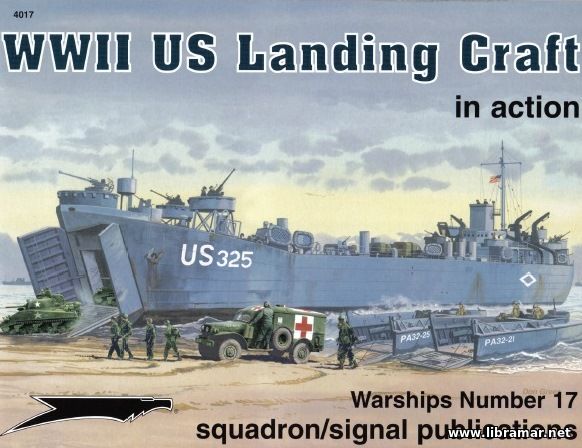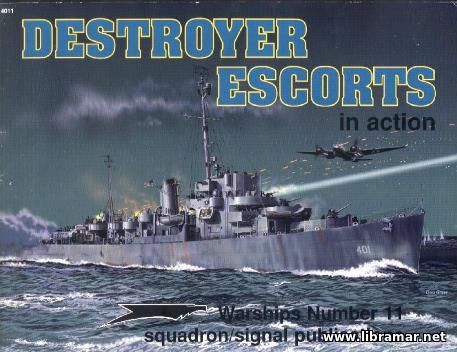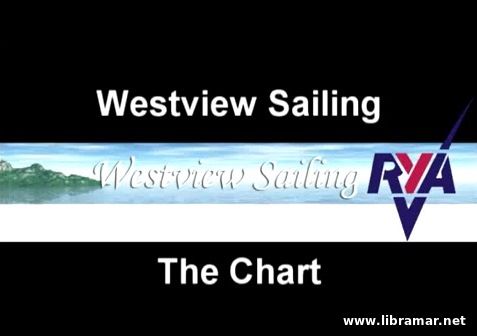WWII US LANDING CRAFT IN ACTION

| Author(s) | Al Adcock, Don Greer |
| Publisher | Squadron/Signal Publications |
| Date | 2003 |
| Pages | 52 |
| Format | |
| Size | 16 Mb |
| D O W N L O A D | |
The Landing Craft, Vehicle Personnel was called the most important weapon to come out of World War Two. This was due to its ability to land troops and equipment on an enemy shore, withdraw, reload, and return numerous times to resupply the beachhead. The LCVP was a development of the earlier LCV and LCP and was also designed by Andrew Jackson Higgins of New Orleans, Louisiana. The LCVP was constructed entirely of wood, with the exception of the steel bow ramp.
This craft was 35 feet 9 inches in overall length, with a maximum beam of 10 feet 6 inches. Its draft was rated at 3 feet 5 inches forward when fully loaded and 2 feet 2 inches forward when light. The LCVP displaced 15,000 pounds lightly loaded, 18,500 pounds at hoisting weight, and 26,600 pounds fully loaded. Either a sling or davits on the parent ship could hoist the LCVP. It had a maximum speed of 12 knots light and nine knots fully loaded. Power was provided by a 225 HP Gray Marine 64HN9 six-cylinder diesel engine. The range on 180 gallons of onboard fuel was 110 nautical miles at full power and full load. A few LCVPs were powered by 250 HP Hall-Scott gasoline engines and were primarily used for training. The LCVP normally carried a crew of three: a coxswain, a mechanic, and a crew hand.
The latter two were also responsible for manning the .30 caliber M1919 machine guns when they were fitted. The gunners sat in cockpits situated just forward of the splashboard on the aft deck. The LCVP's cargo well was 17 feet 3 inches in length and 7 feet 10 inches at maximum width, with an interior height of 5 feet. The bow ramp was operated by wire cables attached to an electric winch located on either side of the aft interior hull. The starboard side bulkhead contained the emergency tiller and a ramp equalizing sheave and cable guard. The exterior hull sides were fitted with .2 inch Special Treatment Steel armor protection for the crew, troops, and cargo.
The "Read Later" function allows you to add material to this block with just one click. Just click on the icon and read the articles that interest you at any convenient time.


